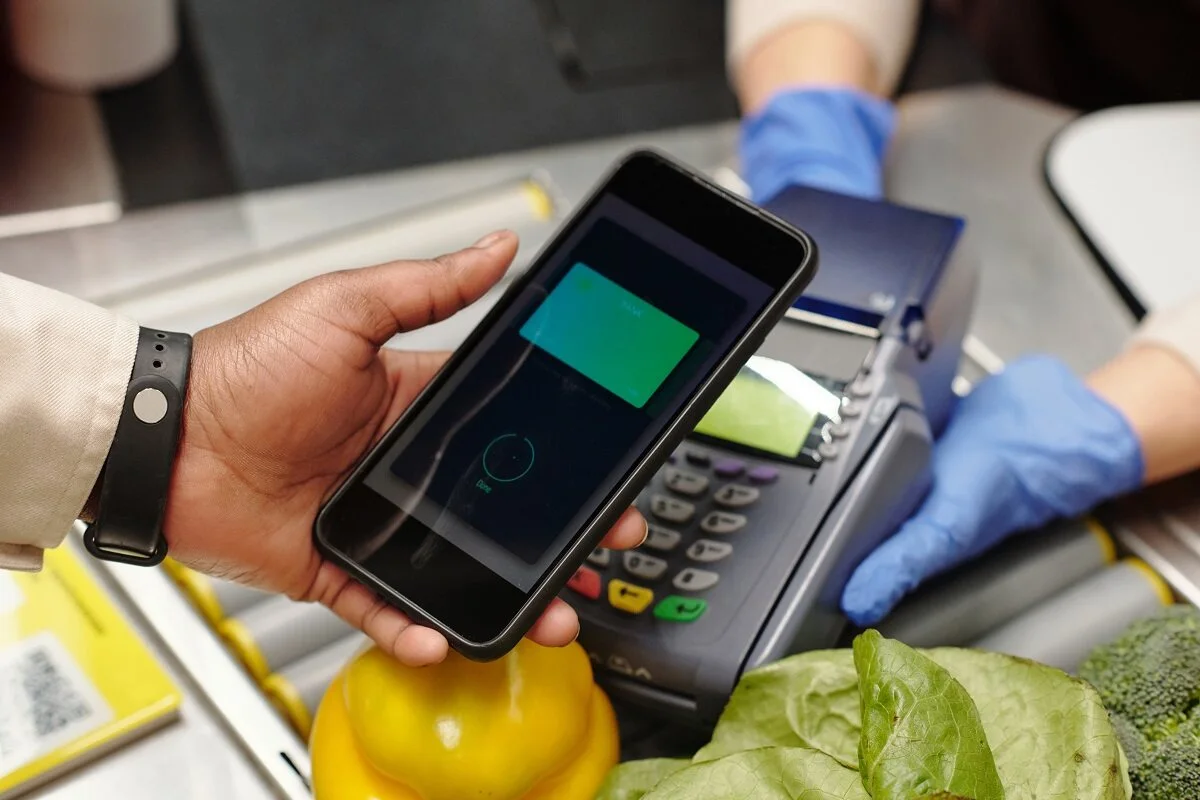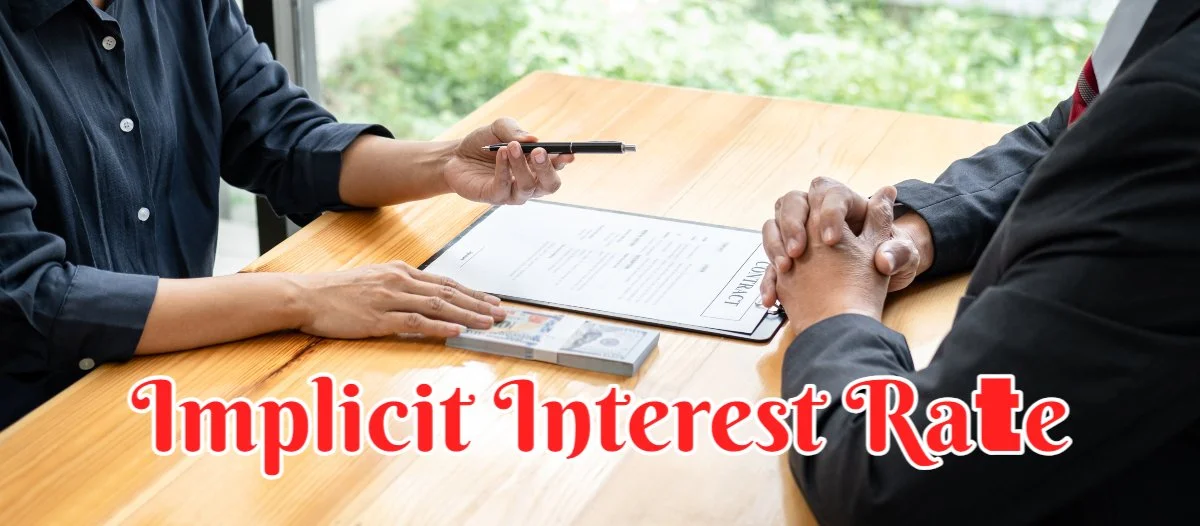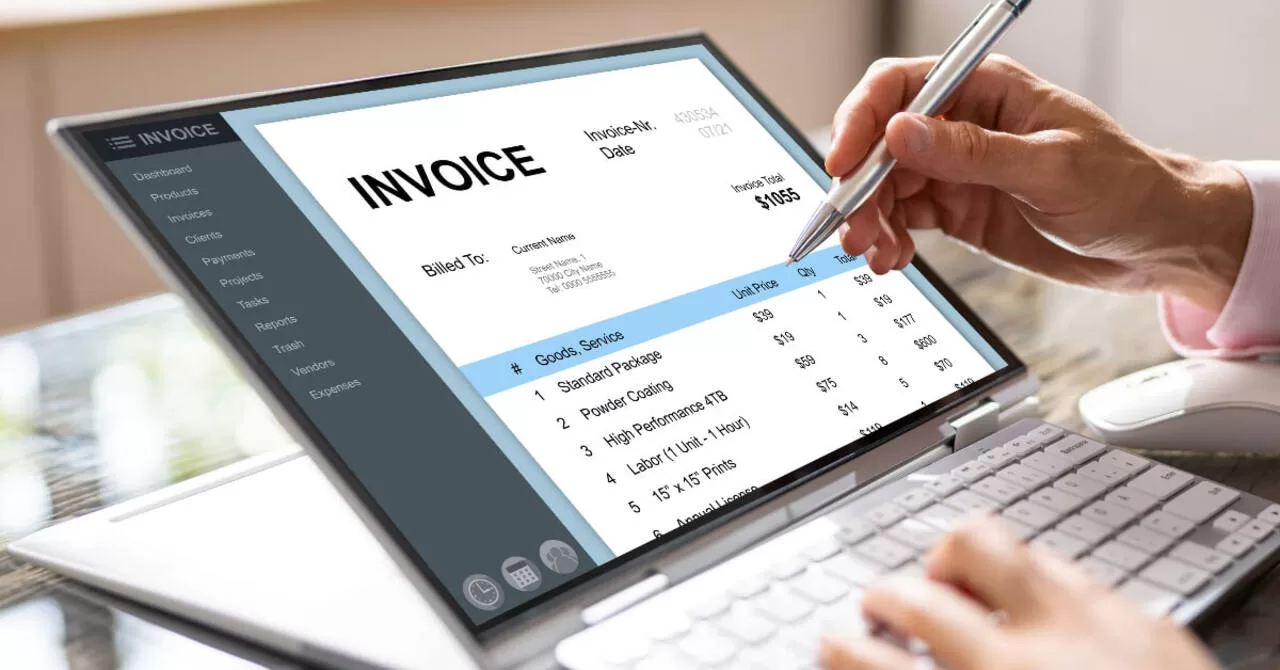Using Apple devices for making safe transactions is becoming more and more common because of Apple Pay. However, it is at risk of possible Apple Pay scam and scams just like any other digital payment mechanism. This article will discuss Apple’s protections against fraud and whether or not they provide payments for reported illegal activities.
Strong security measures are used by Apple Pay to protect customers from fraud and illegal activities. Your personal information is never saved or shared during transactions because of the use of device-specific numbers and distinct transaction codes. Furthermore, an additional degree of protection is added with Face ID or Touch ID identification. Which makes it more difficult for unauthorized people to access your payment information.
Read: Face ID Not Working Move iPhone Lower: Reasons And Solutions
Understanding Apple Pay Scam – How It Works
Apple Pay fraud can come in many different forms, such as false payment requests, fake Apple Pay screenshots, and texts. Due to the rising complexity of cybercriminals’ strategies, people need to be cautious. Getting fake Apple Pay images, fake Apple Pay messages, and fake Apple Pay payment alerts that look real but are intended to trick is a common Apple Pay fraud.
Read: Updating Default Card on Apple Pay: A Step-by-Step Guide for Apple Users
- In the beginning, you link your Apple Pay account with a credit or debit card. This might apply to credit cards linked to U.S. federal programs including Social Security and GSA SmartPay, as well as MasterCard, Visa, and American Express.
- Once that happens, you can use your connected card to make payments on your smartphone whenever you see the Apple Pay logo or visit a website that supports Apple Pay. Your fingerprint or face scan biometric data can be used to validate the payment. So you don’t even need to enter your PIN.
- However, Apple Pay generates a special transaction number and device-specific code for each purchase, rather than just giving your card details. This implies that credit card numbers aren’t taken by criminals, even if you make a transaction on an unknown website.
Read: Can You Dispute The Apple Pay Cash Transaction?
However, this does not guarantee that fraudsters cannot steal your money. They may still be able to obtain your credit card data using Apple Pay.
How Apple Pay used by scammers?
One popular technique is to send a text or email stating that you need to update or upgrade your account, that your payment was unsuccessful, or that your account has been suspended. These will include requests to sign in, security codes, or links.
Avoid doing it. The website can be close to or confusing (appplepay.com, secureyourapple.com) or lead to a fake website (you’re visiting hacker.com instead of applepay.com). Scammers may ask you to send a “refund” for overpaying, or they might email you a fake Apple Pay payment confirmation. These will often arrive in the form of (manipulated or fraudulent) screenshots and texts if you’ve given your cell phone number.
Read: Adding Cash To Apple Pay: Your Comprehensive Guide
You haven’t received their payment, though. It’s possible they never sent it at all, or it’s a pending transaction that will never be posted to your account. They expect you to send the reimbursement before you realize you were never paid. If you insist on waiting or refuse to give a refund, they could become abrasive or even hostile. Some people might even dare to label you as a fraud. People may leave negative comments about you or threaten legal action.
Scams Using Apple Pay and Refund Procedures
Many customers wonder if Apple Pay will compensate them for fraudulent transactions when it comes to Apple Pay frauds involving the platform. Similar to other reliable digital payment methods, Apple Pay has protection against fraudulent activity. Scam victims are urged to report the event as soon as possible.
Read: Does Target Take Apple Pay (2023 Guide): How To Use Apple Pay At Target?
One of the most prevalent types of fraud involving payment systems such as the Apple Pay app and Venmo is the overpayment scam. Scammers get in touch with you over an item you are selling in this scam. After you reach a price, they will “inadvertently” send you an excessive amount of money. However, the initial payment was made by the con artist using credit card credentials that were stolen. You will lose the money you were paid for your goods as well as the amount you “refunded” to the con artist when the actual card owner files a dispute.
You can attempt to cancel the payment in the unlikely event that the con artist hasn’t yet received it. Open iMessage and locate the chat you had with the con artist to cancel an Apple Pay transfer. Choose Payment. Next, choose the payment you wish to cancel by clicking Latest Transaction on the wallet app. If there isn’t a Cancel Payment button, Apple is unable to reimburse you since the con artist has already collected the money.
Final Verdict About Apple Pay Scam
In conclusion, even though Apple Pay has strong security features in place, users still need to exercise caution to prevent falling for con artists. In the sad event that Apple Pay fraud is suspected. Apple Pay does have procedures in place to deal with the problem and, in some situations, return funds. However, users must be vigilant, confirm the accuracy of communications and transactions, and report any questionable behavior immediately. Prevention is the key. Recall that maintaining knowledge is the first defense against cybercriminals who are always improving their strategies. Digital security is a shared duty.
Frequently Asked Questions (FAQs)
Q1: Does Apple Pay refund money if scammed?
Answer: Users who have been conned should notify Apple Support as soon as possible to receive their money back via Apple Pay. The first step in getting compensation from Apple Pay is reporting the scam. Apple Pay has procedures in place to handle fraudulent actions.
Q2: Can you get scammed on Apple Pay?
Answer: Scams using Apple Pay can, in fact, target consumers. A variety of strategies are employed by scammers, including spamming attempts, false communications, and requests for cash. To reduce the possibility of falling victim to a scam, users should exercise caution, verify transactions, and report any suspicious activity.
Q3: Is Apple Wallet safe?
Answer: Apple Pay and Apple Wallet are generally regarded as secure. To protect user data, it makes use of secure technologies like tokenization. To improve the general security of their Apple Wallet, users should be cautious, alert to possible Apple Pay scams, and adhere to suggested practices. Here is the video that will answer your question.
Q4: Can you use Apple Pay on Amazon?
Answer: Customers may use their associated bank account or card to make purchases on Amazon by transferring money from their Apple Pay card to their bank account.
Also Read:
- Mastering Apple Pay: A Comprehensive Guide on How to Change Your Default Card for a Seamless Experience
- Apple Services Charge PayPal: A Personal Journey To Solutions
- How To Transfer Money From Apple Pay To A Debit Card




